Geum Parasitic Cone (금오름)
0m 20298 2023-02-16
Geumakbuk-ro, Hallim-eup, Jeju-si, Jeju-do
+82-64-740-6000
Geum Parasitic Cone is one of the more famous parasitic cones in the western mountainous region. It is a satellite volcanic edifice that has a large circular crater (52 meters deep) and a crater lake at the summit, and the two peaks in the south and the north are connected by a low slope from east to west. The lake at the summit inside the crater once held an abundant volume of water but it is now empty, showing the bottom of the crater. The name Geum Parasitic Cone is speculated to have derived from an archaic word "Gom," which means "god." Therefore, it can be interpreted that this parasitic cone has been deified since the ancient times. Pines, cedars, briers, bo trees and Oriental photinia can be found near the circular crater and the lake area.
St. Isidore Farm (성이시돌목장)
2.0 Km 2 2023-02-16
53, Sallongnam-ro, Jeju-si, Jeju-do
+82-64-740-6000
St. Isidore Farm was born when an Irish priest named McGlinchey (Korean name: Im Pi-je) was appointed in Jeju's Hallim region in 1954 and opened a livestock bank to help the impoverished locals. In 1961, it officially opened a central practice farm to not only educate on the livestock industry but also carry out hog farming, sheep breeding, beef cattle raising and dairy businesses. Today, the farm primarily raises cows and racehorses and produces high-quality organic milk and horses for racing to utilize the profits in various welfare projects. The farmland also presents an exotic scenery as the vast grasslands blend in with modern structures such as Ctesiphon, which symbolizes the history of the farm. The farm also has a cafe that uses milk produced at the farm in addition to a trail and park with religious themes.
Saebyeol Oreum (새별오름)
4.7 Km 20079 2023-01-16
San, Bongseong-ri, Jeju-si, Jeju-do
+82-64-740-6000
Located in Bongseong-ri, Aewol-eup, Jeju-si, Saebyeol Oreum (called Hyoseongak) is a parasitic volcano cone set alone that looks like a lonely star (Saetbyeol in Korean) in the night sky, giving this volcano cone its name. Based on the highest south peak, small peaks continue in the northwest direction, forming an oval-shape. The oreum is a mid-sized oreum among 360 oreums on Jeju Island and it features a stunning view from the peak of the beautiful ridges connecting to one another.
Jeju Fire Festival (제주들불축제)
4.8 Km 74216 2023-04-23
San 59-8, Bongseong-ri, Jeju-si, Jeju-do
• 1330 Korea Travel Hotline: +82-2-1330 (Korean, English, Japanese, Chinese) • For more info: +82-64-728-2736
Jeju Fire Festival is a representative cultural festival related to Jeju's culture of livestock care. Held every March at Saebyeoloreum Volcanic Cone, the night sky lights up with fiery red. The festival features a media façade show, torch march, fire show, and more as well as various programs and food trucks.
Jeju Glass Castle (제주 유리의성)
5.4 Km 87323 2024-03-15
462 Nokchabunjae-ro, Hangyeong-myeon, Jeju-si, Jeju-do
+82-64-772-7777
Jeju Glass Castle is a theme park centered around glass art, featuring exhibition halls, gardens, and an array of glass sculptures. The park showcases nearly 250 glass structures across six different areas, which include the world's first glass maze, the world's largest glass globe, and various glass creations such as diamonds, fences, and bridges. Additionally, it houses works by famous glass artists from around the world, including those from Italy, Czech Republic, and Japan.
Jeoji Oreum (Dakmol Oreum, Sae Oreum) (저지오름(닥몰오름,새오름))
5.4 Km 45976 2020-02-26
Jungsanganseo-ro, Jeju-si, Jeju-do
Jeoji Oreum is situated in Jeoji-ri, Hangyeong-myeon in Jeju-si. This parasitic cone rises 239 meters above sea level, is 100 meters high, and has a crater with a circumference of 800 meters and 62 meters deep. The crater is round and in the shape of a funnel.
It is said that Jeoji Oreum is as old as Jeoji Village. It is also called Dakmoru or Sae Oreum. Nearby, there are Gamaechang Oreum and Heoritdang, showing
just how long the history of Jeoji Village is. In the past, people harvested wild weeds from Jeoji Oreum to cover their thatched-roof houses. Over time, trees were planted and today, Jeoji Oreum is covered with a dense forest. The area has been designated a "Forest of Life" since June 2005.
Innisfree - Jeju Shinhwa World Branch [Tax Refund Shop] (이니스프리 제주신화월드점)
5.5 Km 0 2024-04-22
38, Sinhwayeoksa-ro 304beon-gil, Andeok-myeon, Seogwipo-si, Jeju-do
-
Spirited Garden (생각하는정원)
5.6 Km 0 2024-04-19
675, Nokchabunjae-ro, Hangyeong-myeon, Jeju-si, Jeju-do
The Spirited Garden, spanning a 36,000㎡ land, is divided into various thematic areas: fantasy, soul, inspiration, philosophers, junipers, tangerine, peace, and secret. This garden showcases a unique interpretation of traditional Korean garden art, with meticulous landscaping, bonsai collections, and distinctive rock formations set among lawns and volcanic features known as parasitic cones (Oreum). Additionally, the garden is enhanced by artificial elements, such as massive volcanic stone fences and gates, all handcrafted, as well as waterfalls and ponds that complement the stone structures.
Spirited Garden (생각하는 정원)
5.6 Km 34721 2021-03-26
675, Nokchabunjae-ro, Jeju-si, Jeju-do
+82-64-772-3701
Spirited Garden is home to hundreds of bonsai plants in a natural garden with the theme of oreum (volcanic cone) and water. The name changed from Bunjae Arpia in 2007 to commemorate the 15th anniversary after opening and to renew the garden as an international garden. The history of the garden started in 1963 when Seong Beom-yeong, the founder of the garden, came to Jeju and cultivated the wasteland full of rocks. The garden came into the international spotlight as the beautiful space was created from the wastelands by a single farmer. The garden has been visited by many honored public figures such as Jiang Zemin and Hu Jintao from China, Nakasone from Japan, Kim Yongsun from North Korea and others. Currently, about 400 planted trees are on display. Also, visitors can see various facilities including stone walls and stone towers stacked with Jeju volcanic stones, the largest artificial waterfall in Jeju, and a pond filled with large carp at the base of the the waterfall.
Seogwang Tea Garden (제주 서광다원)
5.6 Km 36528 2019-09-20
446, Sinhwayeoksa-ro, Andeok-myeon, Seogwipo-si, Jeju-do
+82-64-794-6600
Seogwang Tea Garden, located in Seogwipo-si, Jeju, is known as the most well managed and largest tea plantation in Korea. Here, the tea leaves receive just the right amount of sun for it to be made into the highest quality product. Occupying an area 528,928m², the green field is spread out across the slopes of Seogwangseo-ri, attracting many visitors to the site.
The fields didn't use to be this green though; the ground was rocky and the soil composition wasn't fertile enough for plants to survive. Seogwang Tea Garden's transformation from a barren land to a lush green plantation became a good example of successful agriculture in the mountain areas.
The garden was also where Kim Jeong-hui (pen name Chusa), one of the most celebrated practitioners of calligraphy in the Joseon dynasty, spent his life of exile growing tea plants.
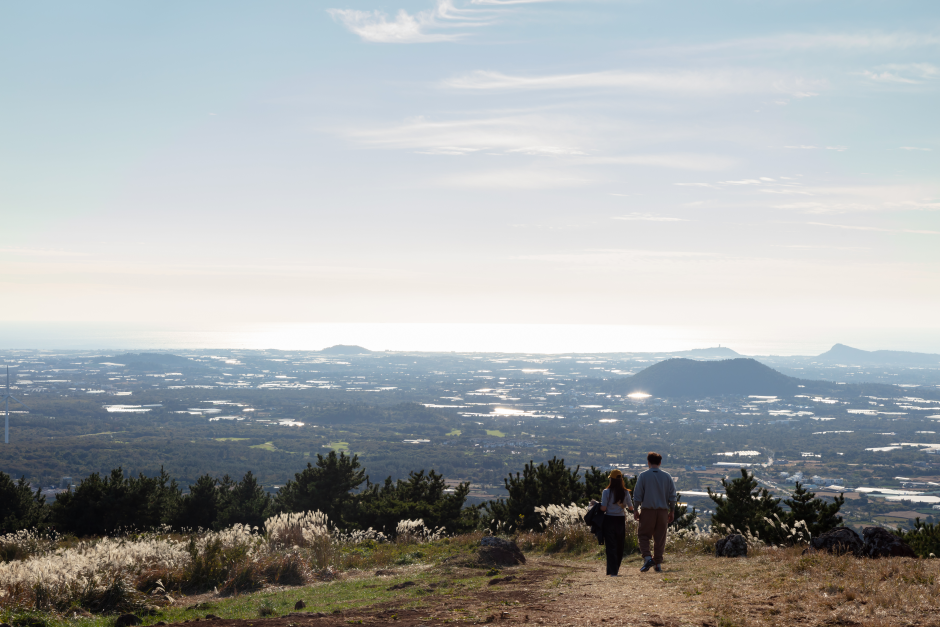
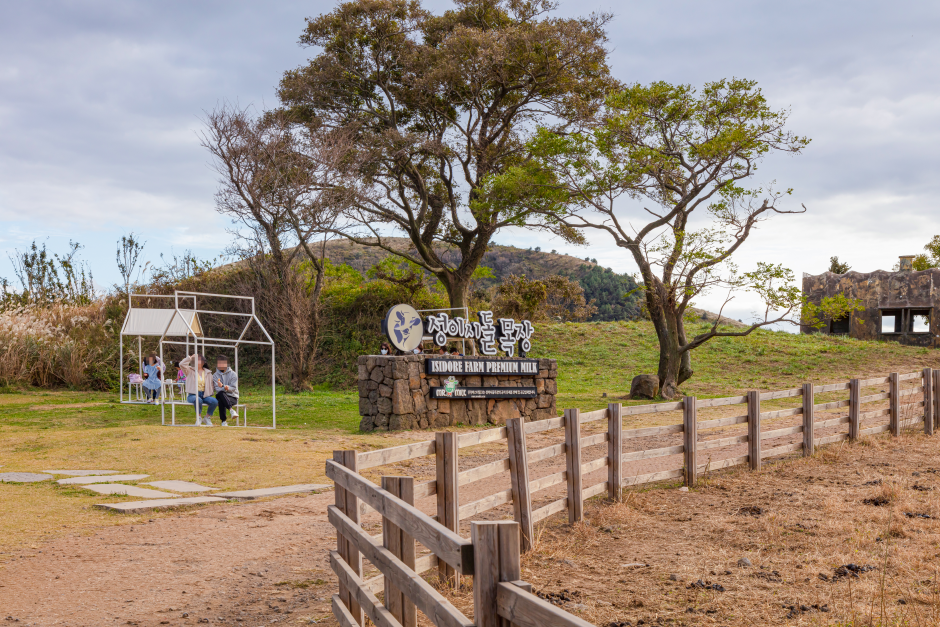

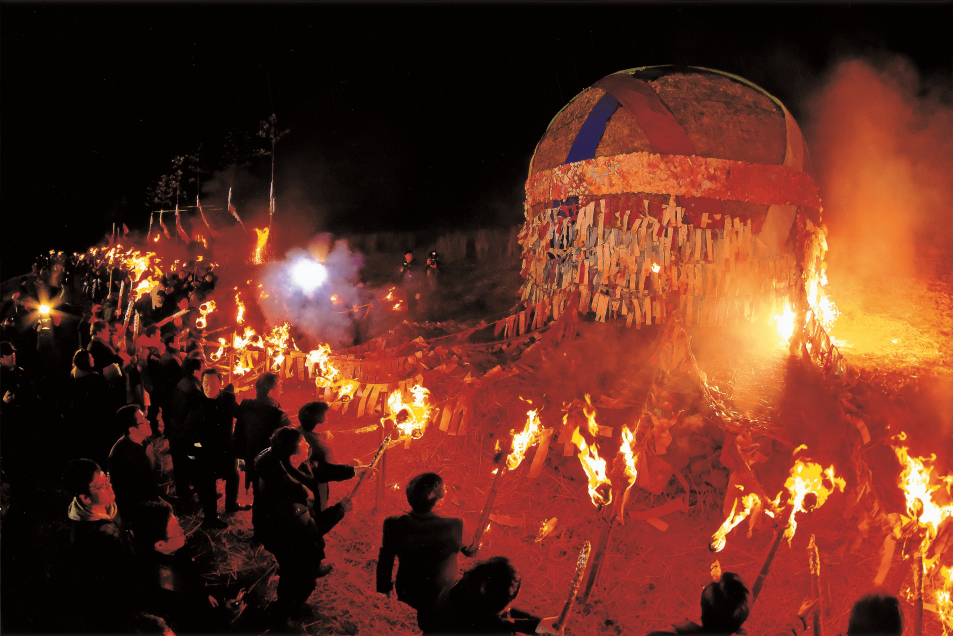
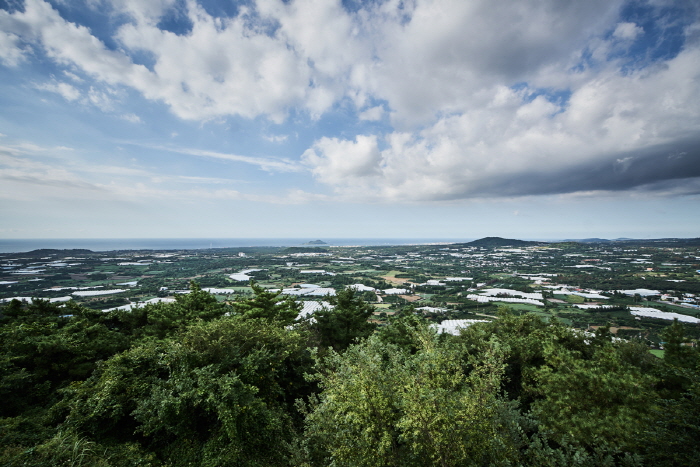
![Innisfree - Jeju Shinhwa World Branch [Tax Refund Shop] (이니스프리 제주신화월드점)](http://tong.visitkorea.or.kr/cms/resource/75/2887675_image2_1.jpg)
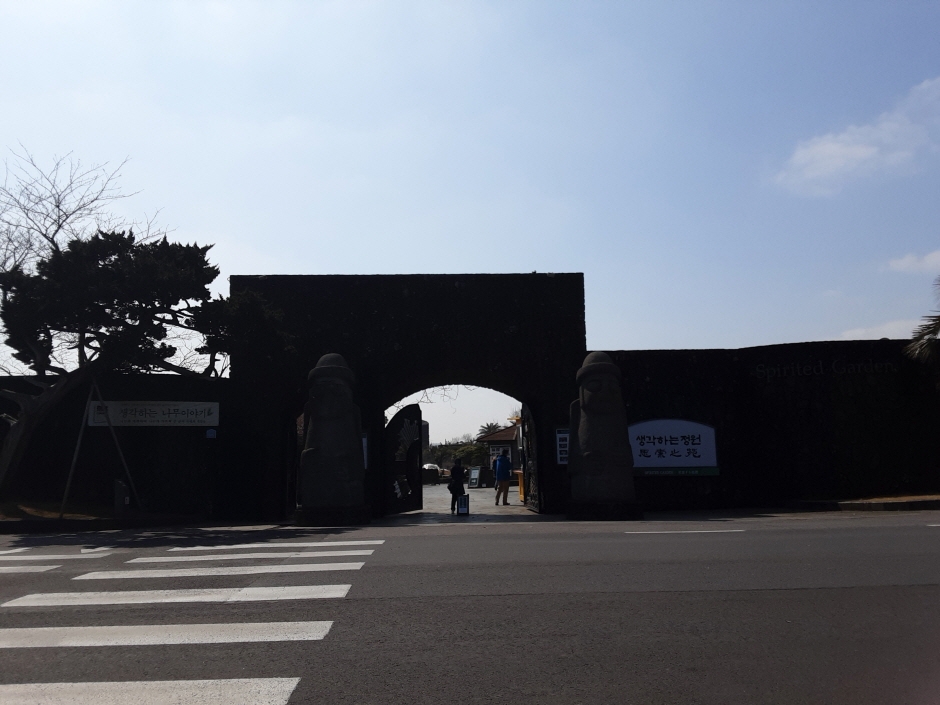
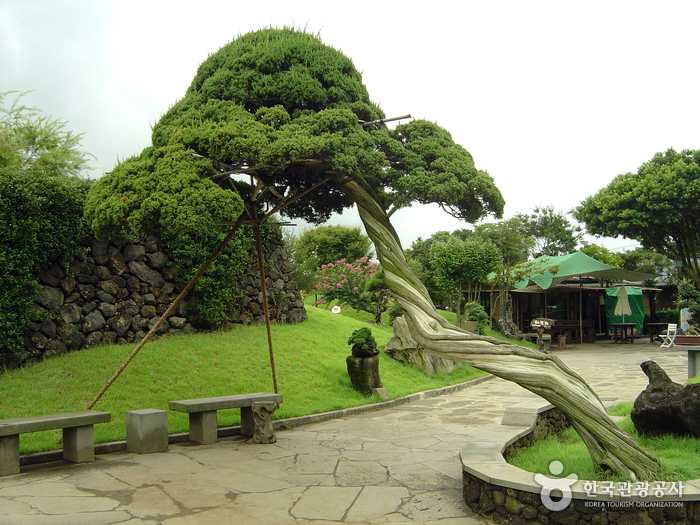
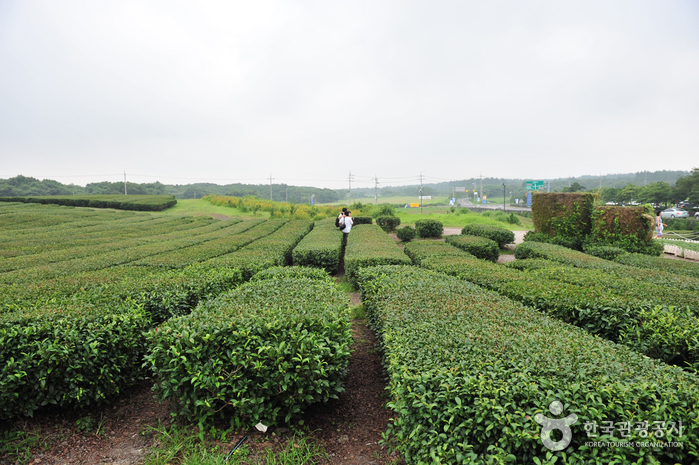
 English
English
 한국어
한국어 日本語
日本語 中文(简体)
中文(简体) Deutsch
Deutsch Français
Français Español
Español Русский
Русский